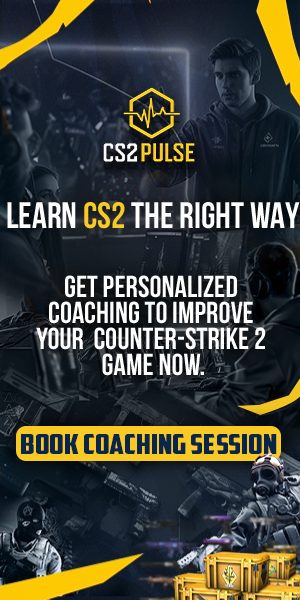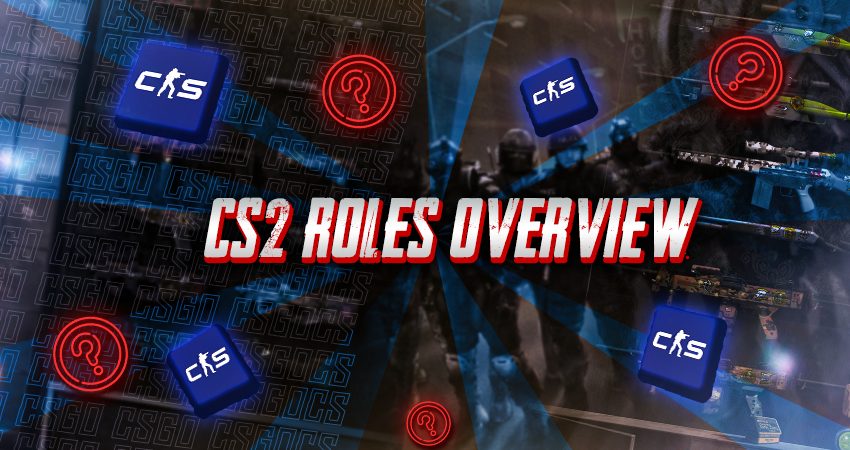
Teamwork is vital in Counter-Strike 2, especially at higher ranks. Winning depends on how well players understand and perform their roles. While good aim and quick reflexes are important, knowing your responsibilities and coordinating with your team is what separates good teams from great ones.
This guide will break down the key roles in CS2, explaining their responsibilities and how they fit into a winning strategy.
CS2 Roles Overview
Roles in CS2 define how teams operate in every match. Each player’s role impacts the team’s strategy, from initiating plays to holding critical positions. These roles aren’t just about what you do, they define how you interact with your teammates and adapt to the game.
Here’s an overview of the main roles in CS2:
- In-Game Leader (IGL): Guides the team with strategies and mid-round adjustments.
- Entry Fragger: Pushes aggressively to break through defenses and secure early kills.
- AWPer: The sniper is responsible for controlling long angles and securing crucial kills when it matters most.
- Lurker: Operates solo to gather information, apply pressure, and flank enemies.
- Supporter: Uses utilities to create openings and assist teammates.
Let’s explore each role in detail and how to play them effectively.
In-Game Leader (IGL) – Shot Caller
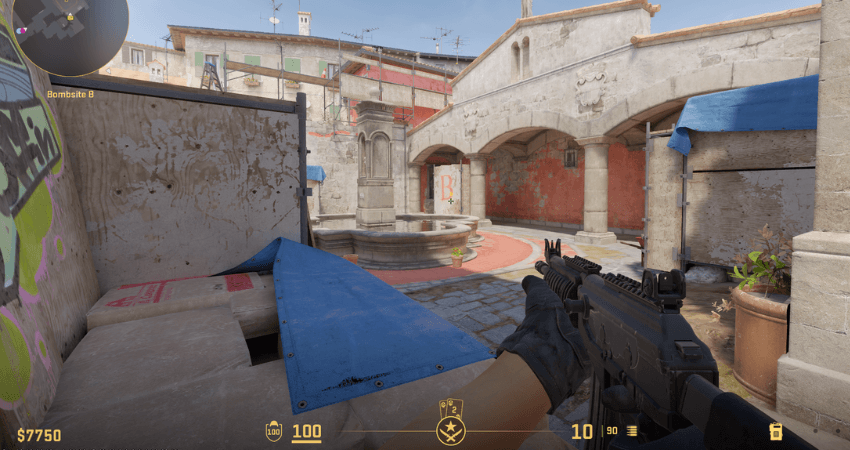
Imagine trying to win a round where three teammates are holding the same angle with an AWP, and you’re alone on the other bombsite. This kind of confusion happens when the team isn’t aligned on the plan. To avoid situations like that, every CS2 team needs a clear voice, a leader who calls the shots.
The IGL is responsible for keeping the team on the same page, assigning roles, managing positions, and making fast decisions mid-round. To do this well, they need deep map knowledge, a full understanding of strategies and their counters, and the ability to stay calm under pressure.
But the role goes beyond tactics. A good IGL brings structure, keeps the team focused, and adapts the plan when things fall apart. They’re not just calling rounds, they’re keeping the team together when the pressure hits.
Some of the best examples of IGLs today include Aleksib, who is known for his structured, strategy-driven calling. Meanwhile, Chopper and Karrigan are often praised for their leadership both inside and outside the server.
Read more about IGL role here.
Entry Fragger – First Line of Attack
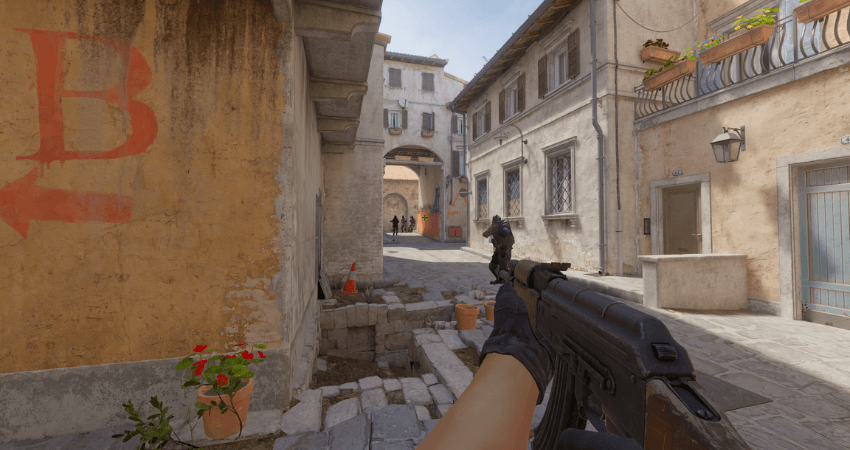
In every CS2 match, someone has to start the fight. But not everyone can afford to go in first. Players like the AWPer, IGL, or bomb carrier often need to stay alive until later in the round. If the bomb carrier dies early, for example, someone else has to recover the bomb, often under pressure or in a bad position. That’s why teams rely on the Entry Fragger to take the lead.
The Entry Fragger is the first player through the door, clearing angles, taking duels, and forcing defenders to react. This role demands sharp aim, fast reflexes, and zero hesitation. Because they take the biggest risks, entry fraggers often end up with more deaths and may not top the scoreboard. But their job isn’t to farm stats, it’s to break open the site and create space.
Good entry fraggers read defender habits, clear common setups, and force rotations that help their team follow up. Even a single trade can turn a site take into a winnable round. Without an entry leading the push, most executes fall apart before they begin.
Some of the best players in the world, like donk, m0NESY, ZywOo, and XANTARES, take on the entry role, even though some are also known for AWPing. It shows how valuable the role is when even top-tier stars take that risk to give their team an advantage.
Read more about Entry Fraggers role here.
AWPer – Sniper
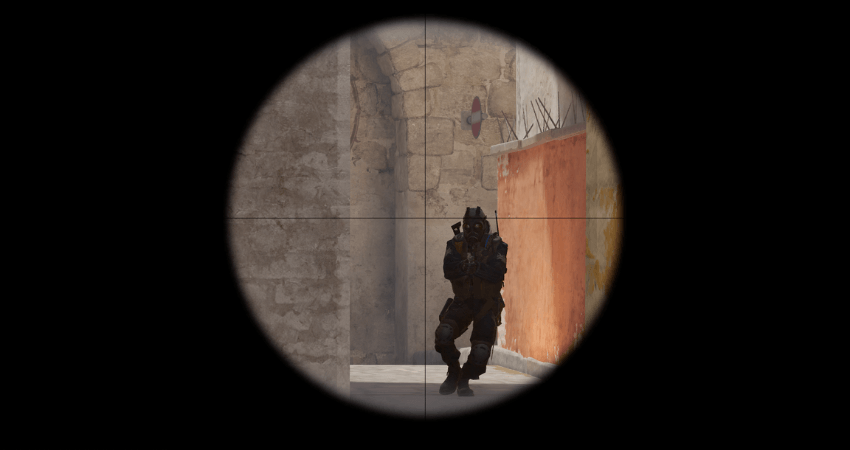
In CS2, not every round calls for an AWP, but when the money is right, most teams want one in play. A good AWPer can shift the pace of the game, lock down parts of the map, and punish mistakes instantly. That’s why every team needs someone ready to take on the role when it counts.
Because the AWP is such a heavy investment, teams often build their economy around it. Giving the AWP to the right player at the right time can be the difference between winning and losing a round.
The AWPer’s job is simple but demanding- hold the angle, hit the shot. Whether it’s punishing early aggression or anchoring a site, the pressure is constant. One missed shot can cost a round, but one perfect peek can win it.
Some of the top AWPers in CS2 right now include ZywOo, m0NESY, sh1ro, broky, and w0nderful. They’ve shown how much impact a skilled AWPer can have, even when the rest of the round falls apart.
Read more about AWPers role here.
Lurker – The Flank Threat
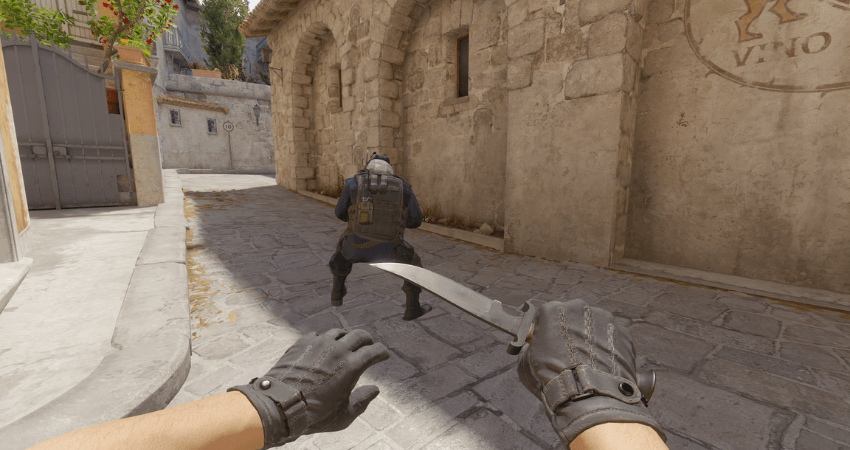
Experienced players can often read the enemy’s plan within the first few seconds of a round. Spotting how many crossed mid, hearing utility, or noticing patterns- all of it helps build a picture. But what throws that picture off completely is a good Lurker. Unlike the rest of the team, the Lurker doesn’t follow the main push and can show up anywhere.
The Lurker’s job is to catch the enemy off guard. While the team takes map control or prepares an execute, the Lurker moves through quieter parts of the map, waiting for the right moment to strike. That might mean punishing a rotator, pushing from behind, or simply holding position to delay a flank.
To play the role well, a Lurker needs strong map awareness, patience, and perfect timing. They must know when to wait and when to move. Trigger discipline and silent movement are often what make the difference between one kill and a game-changing play.
Some of the best Lurkers in CS2 include ropz, GeT_RiGhT, frozen, blameF, and huNter-. These players have made a career out of being exactly where the enemy least expects.
Read more about Lurkers role here.
Supporter – The Setup Player
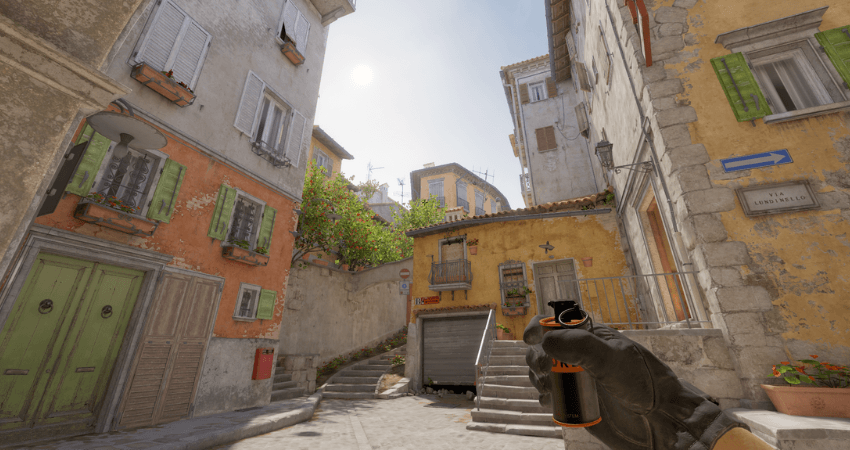
Pushing into a bombsite against a well-coordinated defense is tough, especially when an AWPer is holding an angle. One well-placed smoke or flash can make all the difference, blocking vision and giving your team the space to move in safely.
That’s where the Support player comes in. Their job is to throw the utility that enables the Entry Fragger to get in and take control. Smokes, flashes, and molotovs- used at the right moment, can break setups and force defenders out of position. The Support doesn’t lead the charge but plays a key role in making sure the push works.
Support players also help with the team’s economy by dropping weapons when needed and staying close to trade kills if the Entry Fragger goes down. They’re the ones keeping everything running smoothly in the background.
Some of the best support players in CS2 today include Aleksib, apEX, and frozen- known for their smart utility use and ability to set the pace for their team.
Read more about Supporters role here.
Secondary Roles and Adapting to Different Roles
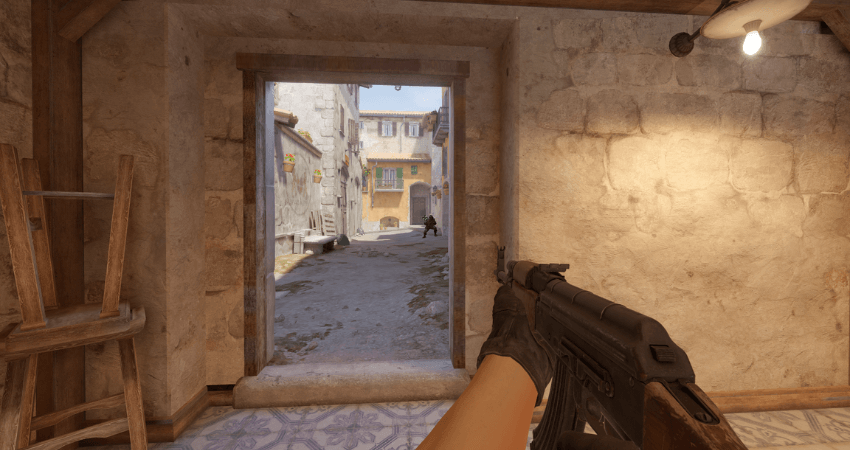
Players in CS2 don’t stick to one fixed role every round. Situations change constantly- whether it’s due to economy, map position, or teammates dying, so players need to be flexible. For example, if the team can’t afford an AWP, the AWPer has to pick up a rifle and take on a different role. That’s why most players have a secondary role they can shift into when needed.
Primary and secondary roles simply help teams organize responsibilities, but every player is expected to understand the basics of every role. Adaptability is key. If the AWPer dies early or a round requires two AWPers, the secondary AWPer takes over. If both are down, someone else needs to step in and cover that job without hesitation.
And while some people treat “Rifler” like a defined role, the reality is that everyone in CS2 uses rifles- even AWPers. The real difference comes from how players use those rifles: some lead, some support, some lurk. Roles are about function, not just the weapon in your hands.
Summary
| Topic | Key Points |
|---|---|
| In-Game Leader (IGL) | Leads team strategy, makes mid-round calls, and coordinates player positions. |
| Entry Fragger | First to engage, clears common enemy spots, and opens paths for teammates. |
| AWPer | Handles sniper rifle, controls long angles, and secures critical kills. |
| Lurker | Operates alone, gathers info, applies pressure, and flanks enemies from unexpected angles. |
| Supporter | Uses utilities like smokes and flashes to assist teammates and enable site entry. |
| Secondary Roles | Players adapt to backup roles like secondary AWPer or fill roles as needed during the match. |
Conclusion
Depending on the map, round, and strategy, CS2 has multiple roles that players must fill. If you are great at strategizing and leading, consider being the In-Game Leader. You can be the Rifler or the Entry Fragger if you have good aim and weapon control. Or, if you like Sniping, you can be the team’s designated AWPer. Check out our guides on the IGL, AWPer, Support, Rifler, Entry Fragger, or the Lurk role to better understand them and decide which one of them is for you. While it will require some trial and error, you can find a perfect role for you.
